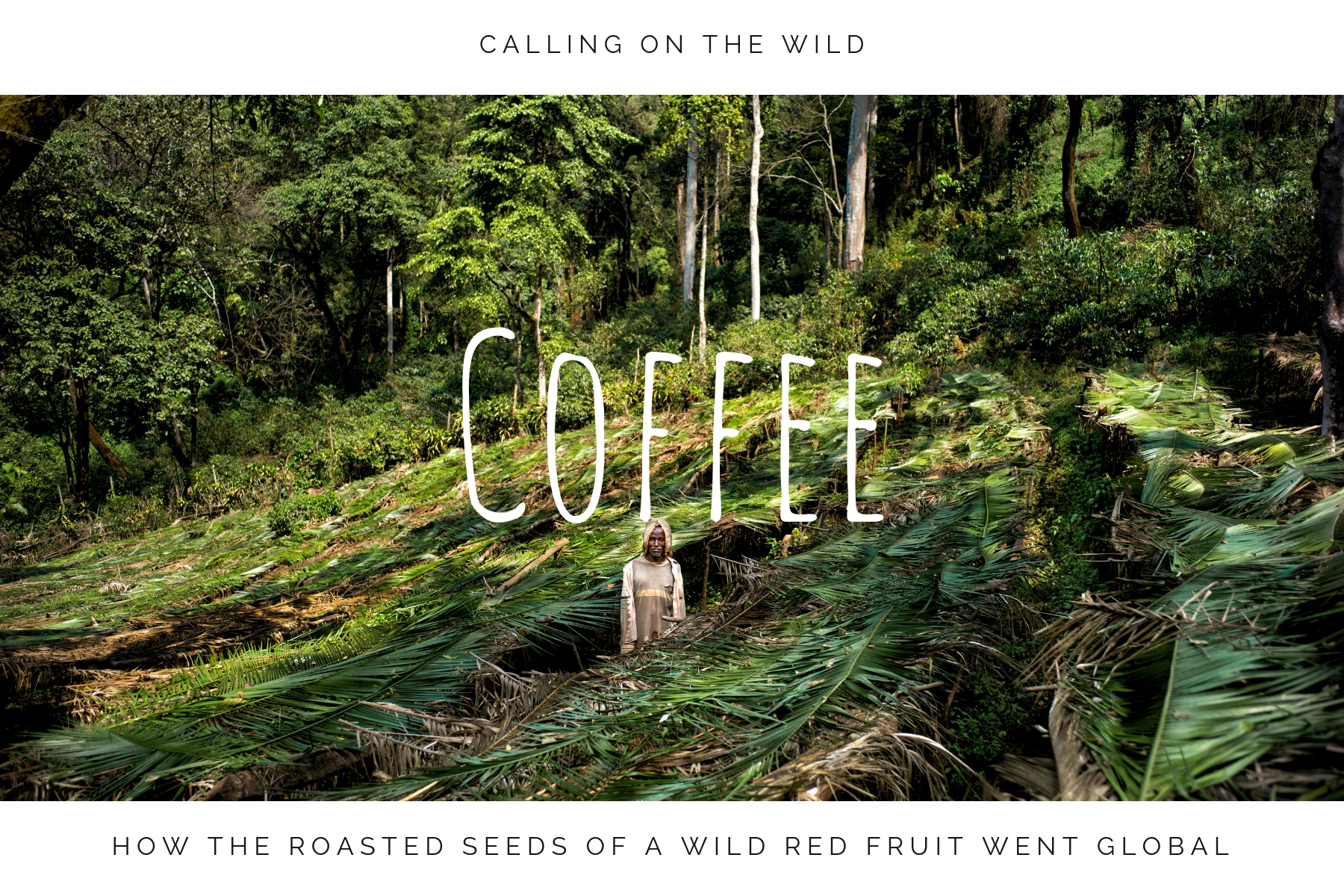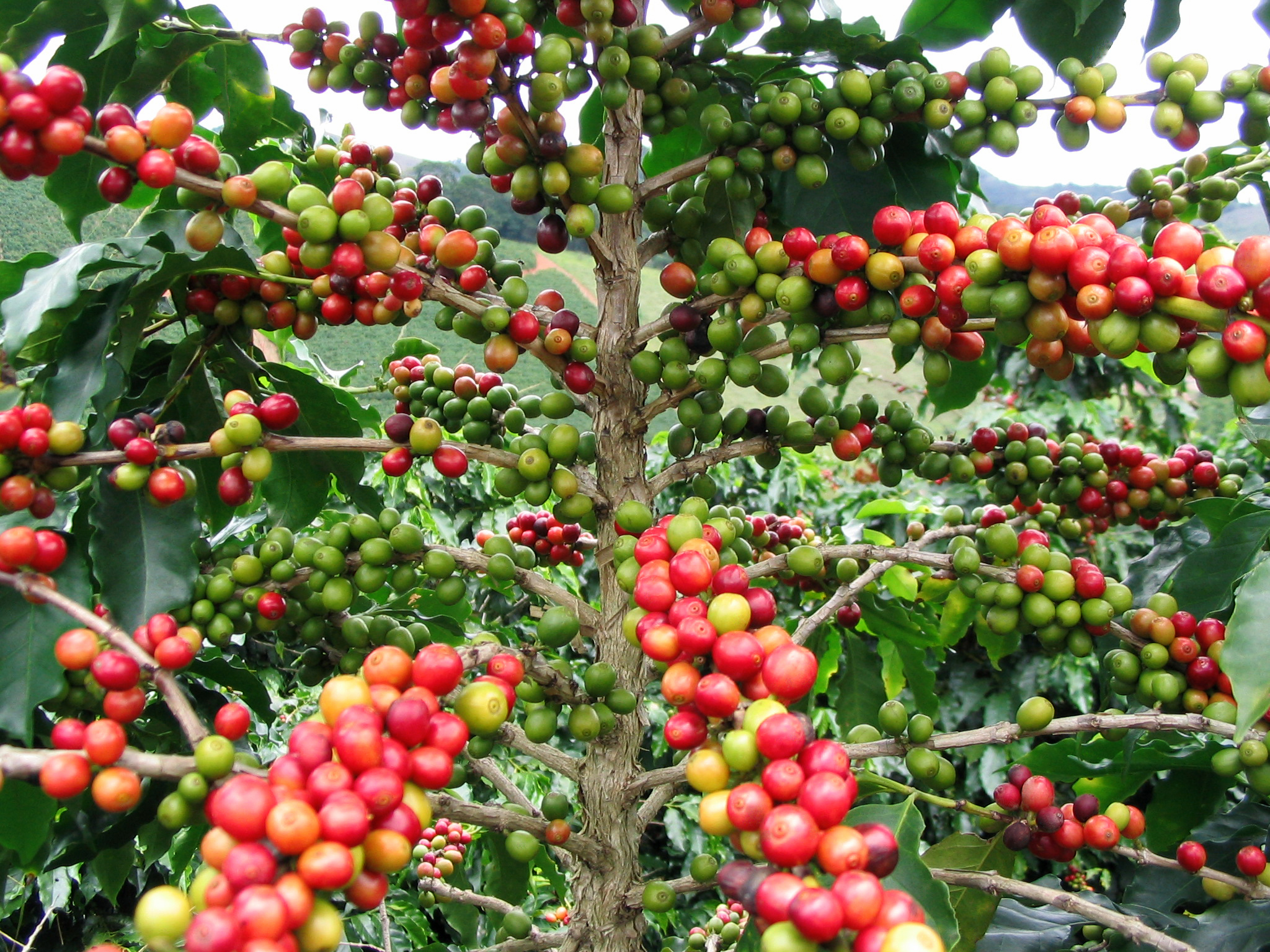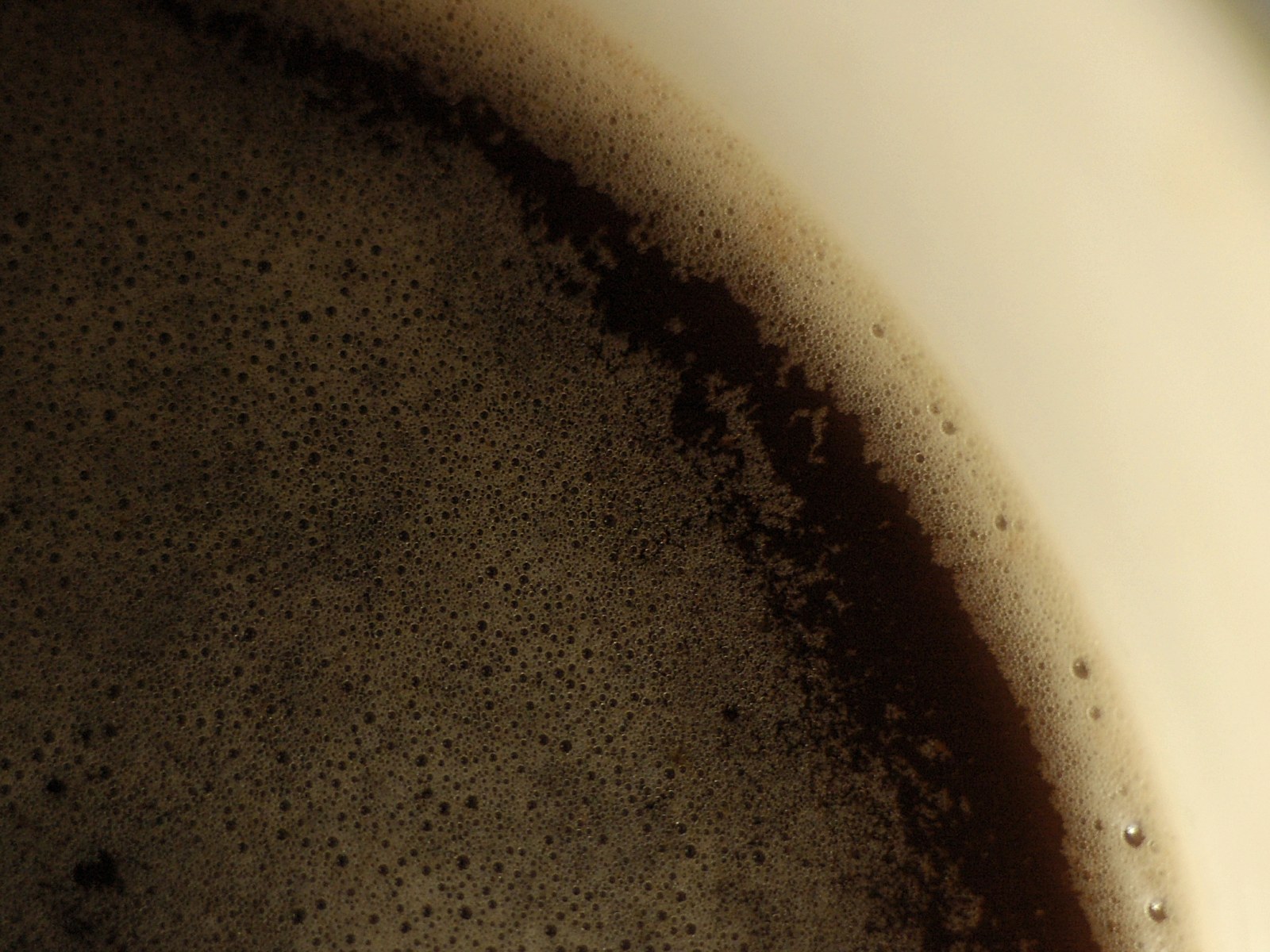
In our Calling on the Wild series of blogs we will journey back in time, tracing the discovery of what populates our shopping aisles and dining tables. Back to before we farmed these resources; to the ancestral plants that have given rise to so much of the food and drink we know. Back to the places where these species grew wild and to the current places they still thrive.
After recent studies exposed the glaring lack of Crop Wild Relatives (CWR) in gene banks around the world; an increasing body of work has been commissioned to take into account the importance of these undomesticated strains of important food security crops. There is a particular focus on the wild relatives of 29 major crops in order to safeguard their future in light of a changing climate.
Wild relatives have often evolved to grow in less-than-ideal conditions and with rising global temperatures and sea levels, we may soon see a time when we call upon the wild to provide us once again with the ingredients we have become accustomed.
---
Wild Coffee
'As the planet warms, we will need to cross-breed our coffee crops with wild plants that are more genetically diverse in order to produce plants that are more resilient to climate change, along with the pests and diseases that come with it'1
Located between the Great Rift Valley and the Nile, the cloud forests in southwestern Ethiopia are the original home of Arabica, the world's most prevalent coffee varietal, which makes up two-thirds of the coffee consumption in the world. Coffee, a name deriving from its birthplace; the Kingdom of Kaffa, necessitates a process which it would be unlikely to stumble upon; and so is the story of how we began roasting the seed of a red cherry. It all starts with a dancing goat.
Kaldi and his dancing goats
Around 850 AD, a herder named Kaldi noticed his goats had a lot more energy after they had been spotted eating the bright red berries of a certain bush. In fact; they were jumping so much so that he had to try the berry himself. The rush of exhilaration he felt was enough for him to know he could not keep this to himself. He ran to a nearby Sufi monastery where he showed one of the monks what he had found. The monk was disapproving and threw the berries into a fire; where a distinct alluring aroma began to emanate. The roasted beans were collected from the flames, ground up and added to hot water; and the rest is caffeinated history.
Wild relatives
We don't always like our relatives; they may slightly unpalatable; or in the case of coffee: hairy, have supersized seeds and no caffeine; but they also might just save you one day (think about that kidney). Crop Wild Relatives (CWRs) are an important factor in the resilience of industries, and coffee is no exception.
"The coffee we drink today exists because of access to wild species"2

In fact, the second most popular coffee varietal in the world - Robusta - was the result of a sub-species crossed with C. arabica due to its resistance to coffee wilt and coffee rust; two major problems in coffee cultivation. When problems arise we call on the wild populations to provide the fix.
However, a new study by a team at Kew Gardens determined that 75 out of 124 wild coffee species are now threatened with extinction. The only other place the wild type of Arabica arises outside of Ethiopia is in South Sudan and due to deforestation, this is slowly being wiped out. This, as well as the effects of climate change - most notably; droughts and high temperatures - mean that both wild Arabica and Robusta are becoming rarer in the wild; a sign that the coffee genus as a whole is suffering.
What coffee connoisseurs love about the drink; its wide spectrum of tastes and the plant's ability to evolve new flavours is a direct result of the genetic diversity of its wild populations. From this treasure trove, we derive exciting new coffee strains. And all of this is at risk.
Putting some seed away for a rainy day
Around 55 percent of the wild species of coffee are preserved in gene banks; an ex-situ form of conservation. But coffee seeds will not germinate after being frozen, which makes for a precarious situation. In a lot of cases, the seed conservation is done in coffee-growing regions where resources are very scarce and for a highly laborious enterprise; very underfunded.
More investment is needed to continue to scour the lush forests for the remaining species of wild coffee seed and to upgrade conditions for the existing seeds. It's ironic to say, but our back-up lifeline to conserve biodiversity needs conserving. As stated in the introduction; the major piece of biodiversity missing in these banks are CWRs. But because this is coffee we are talking about there is a growing interest not only from a conservation standpoint but also from the flavour side of things. The world of artisanal coffee is a bustling one; and the push for novel and exciting coffee means that there are eyes on wild coffee; ones that see potential in crossing and see clearly the benefits of genetic diversity.
There are a few mythic coffee beans; the super rare C. stenophylla in the depths of Sierra Leone said to produce the best-tasting coffee on Earth. Then there is Geisha; talk to any coffee connoisseur and they have probably heard talk of its divine flavour (and it's hefty price tag). Despite being discovered in the Gori Gesha forest in southwestern Ethiopia, Geisha took a foothold in Panama; and almost singlehandedly saved Panama's coffee industry years ago. Where did these wild seeds come from? A gene bank in nearby Costa Rica, of course.

Coffee culture
A lot of people talk about the process of brewing coffee; the aromas produced, the act of grinding the beans; as an integral part of their enjoyment of the drink. The same can be said for foraging. In the forested highlands of Ethiopia where coffee was born there are still locals who forage for wild coffee. The act of taking that first sip in the morning is just one part of a long story.
The whole process comes with a certain understanding; that the wilds are offering something and that we would do best to be grateful. In Where the Wild Coffee Grows, this eco-theology is described:
'Elemental spirits live in the undisturbed parts of the forest. Such beliefs require the presence of dense woods for the spirits to dwell... forests were not cut, and the deepest parts could not even be entered.'3
After preparing the coffee a small offering would be made to Showe Kollo, the spirit of the land; for without Kollo there would be no coffee. And without wild coffee; there would be no coffee at all. There might soon come a time when we rely on the diversity of the wild populations of coffee to resist against new disease, to grow in unfavourable conditions and to caffeinate our consciousnesses for just a little while longer.
